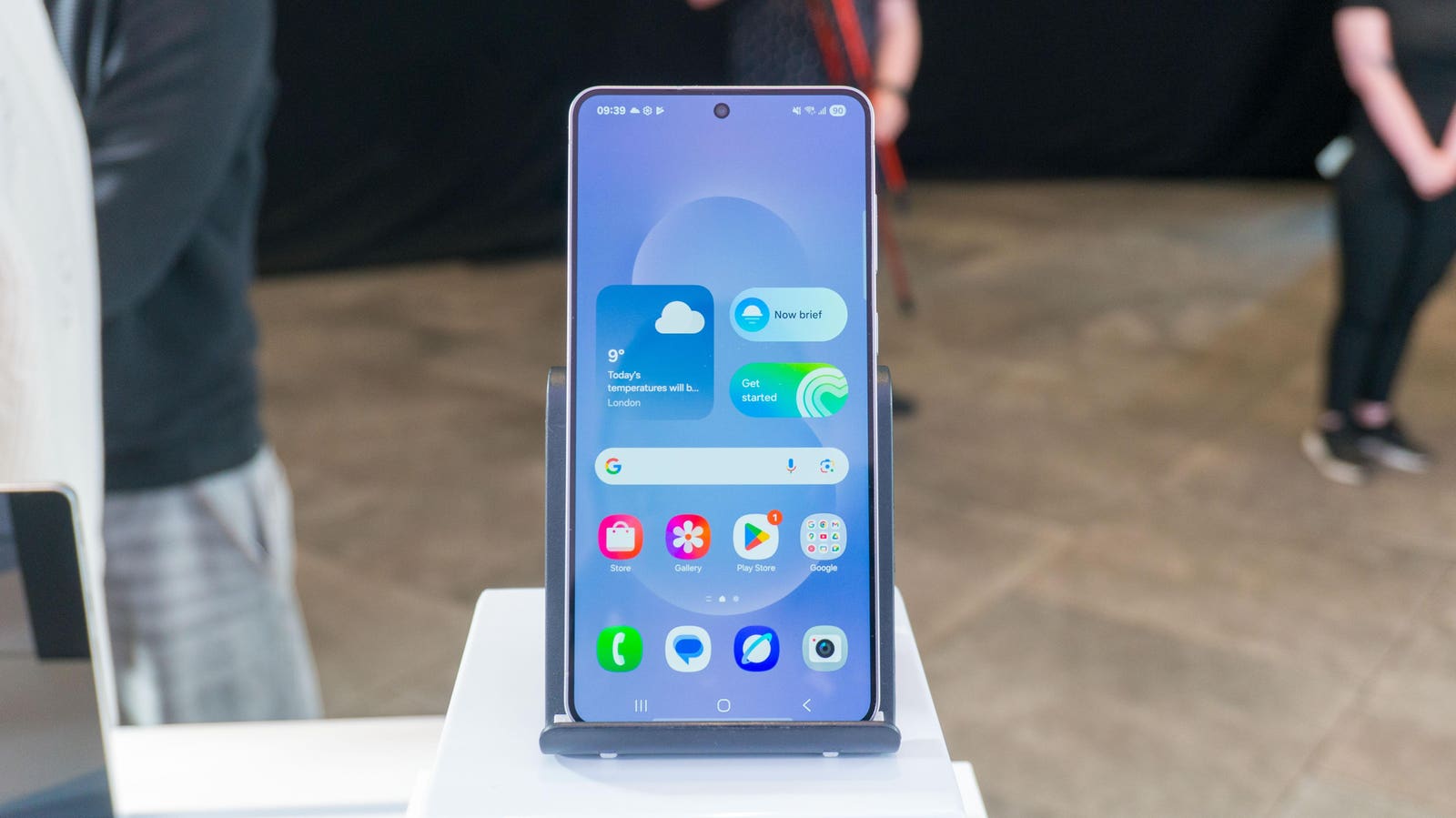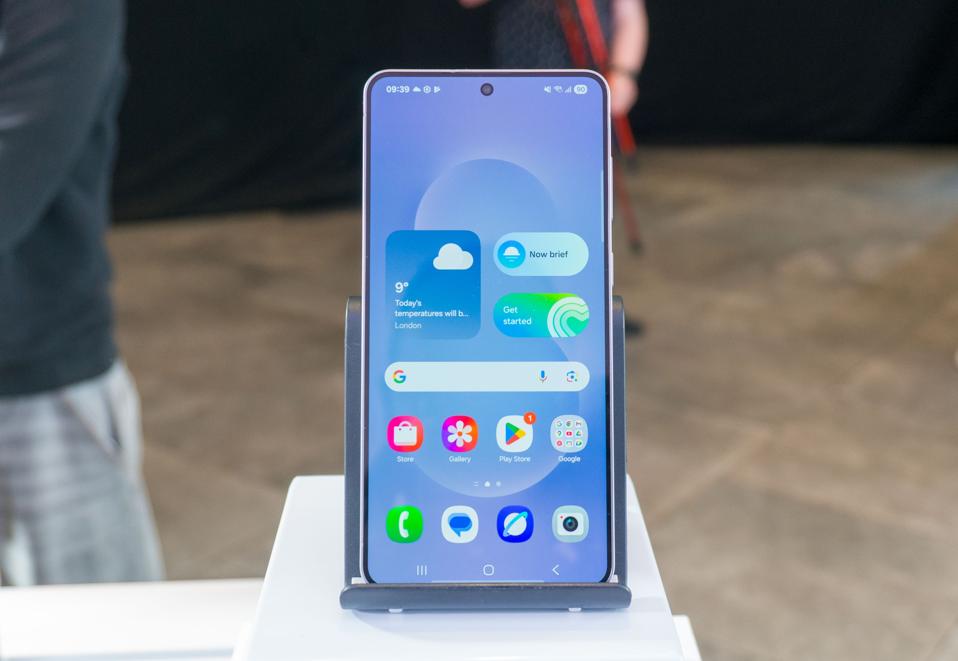The new Galaxy S25 Edge is a test run for the Galaxy S26 series.
There is a high chance that Samsung will borrow device-slimming technology from the Galaxy S25 Edge , and Galaxy Z Fold 7, to radically redesign the Galaxy S26.
For the uninitiated, Samsung reimagined several components to fit high-end hardware into the ultra-slim Galaxy S25 Edge. To make that happen, the company created a new mounting system that allowed components to be placed closer together on the motherboard, alongside a new heat management system.
The 200MP camera, too, was redesigned to be 10% slimmer via “structural optimization of the autofocus and optical image stabilization,” as Samsung describes it. Alongside a two-layer camera housing design that reduces the height of the sensor. The result is a Galaxy S25 Edge that measures 5.2mm versus the Galaxy S25 Ultra’s 8.2mm.
The Galaxy Fold 7 uses the same technology, and Samsung has dropped several hints that this design is the new normal. Specifically saying that the “Galaxy S25 Edge marks the next chapter in mobile innovation” in one press release. Separately, a Samsung executive explained to me—before the Fold 7 launched— that reusing the new motherboard and redesigned camera module in future devices is “common sense.” That common sense will almost certainly be applied to the Galaxy S26.
I expected the Galaxy S26 Plus to be replaced with the Edge, which is rumored to be Apple’s strategy with the iPhone 17 Air. But it seems more likely that the entire lineup will be slimmer.
The battery size in the Galaxy Z Fold is a big clue that points towards a slimmer Galaxy S26 series. The Korean company kept the same 4400mAh battery from the Galaxy Z Fold 6, but claims it will last 1 hour longer during video playback (a total of 24-hours).
When I quizzed a Samsung executive about this at a Galaxy Z Fold 7 briefing earlier this month, they told me that the company is confident in its processor optimization and battery degradation management technology. That is backed up by data. The European Union’s new energy label program found that the Galaxy S25 Ultra battery will survive twice as many charge cycles as Apple’s iPhone 16 Pro Max (2000 versus 1000).
Samsung Drops Hints About Ultra Slim Galaxy S26
The Galaxy Z Fold 7’s slimming technology will likely make its way to more Galaxy phones in the … More
Not increasing the Galaxy Z Fold 7’s battery size is a major clue about Samsung’s plans. If there’s a device you can get away with packing a bigger battery into, it’s the Galaxy Z Fold series. A phone for power users who want big screens and powerful performance. I imagine Fold users would accept a thicker device for longer battery life that lets them get maximum use out of the 8-inch foldable display.
The fact that Samsung chose to slim the Galaxy Z Fold 7 down suggests that the Galaxy S25 Edge being the “next chapter in mobile innovation” isn’t hyperbole. Ultra-slim Samsung Galaxy S phones are well and truly back.
The same arguments about optimizations were made back when phones were so slim they would unintentionally fold if you sat on them. It didn’t quite ring true back then, and we saw a quiet shift to larger batteries and bigger, squarer phones.
10 years on and lithium-ion technology hasn’t drastically changed. But software has, as has the chip fabrication process (and will continue to for the Samsung Galaxy S26), which has led to more efficient batteries. Maybe those wafer-thin 2010 smartphones were ahead of their time, or maybe manufacturers will crawl back to the chunky battery in two years. We’ll have to wait and see, but I’m praying for the latter.









